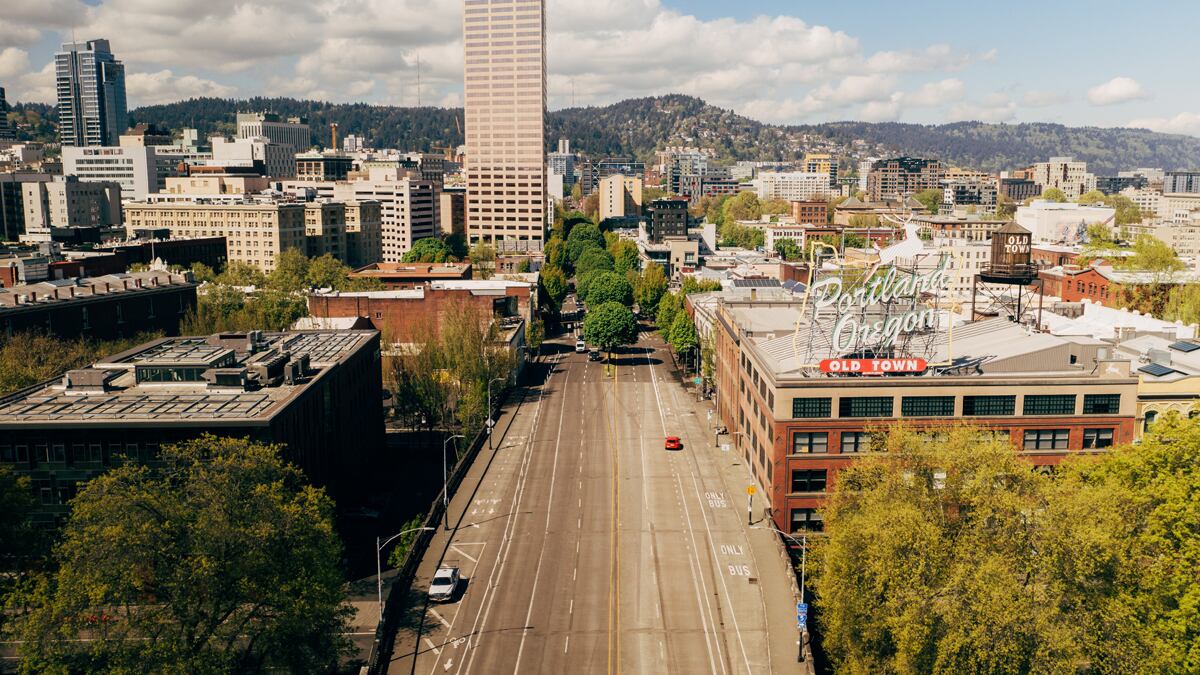After Gov. Kate Brown declared a statewide stay-home order in March, traffic dropped precipitously. Although it has since recovered to as much as 90% of normal in some parts of the state, months of reduced driving appears to have saved lives on Portland streets, at least compared to 2019, the deadliest year since 1997.
A comparison of the past four years (through Aug. 28 of each) shows that the steep rise in traffic deaths last year has slackened, with deaths returning to the rate of previous summers.

Another major impact attributable to the pandemic: a significant drop in the number of reports of abandoned vehicles, which have become ubiquitous on city streets in parallel with the city's housing shortage.
Through two-thirds of the year, however, the number of calls and vehicles towed has been about half the total that would be expected, given the history of the previous three years. That's because early in the pandemic, Commissioner Chloe Eudaly, who oversees the Portland Bureau of Transportation, ordered bureau employees to stop ticketing and towing abandoned vehicles, particularly those that appeared to be serving as shelter.

"As the pandemic went on, we began to see an uptick in junk and hazardous vehicles on the streets and we began to tow these and only these," PBOT spokesman John Brady says. "In these cases, the cars are obviously not being used for shelter because of their condition."
Here are what the numbers look like through Aug. 28.

